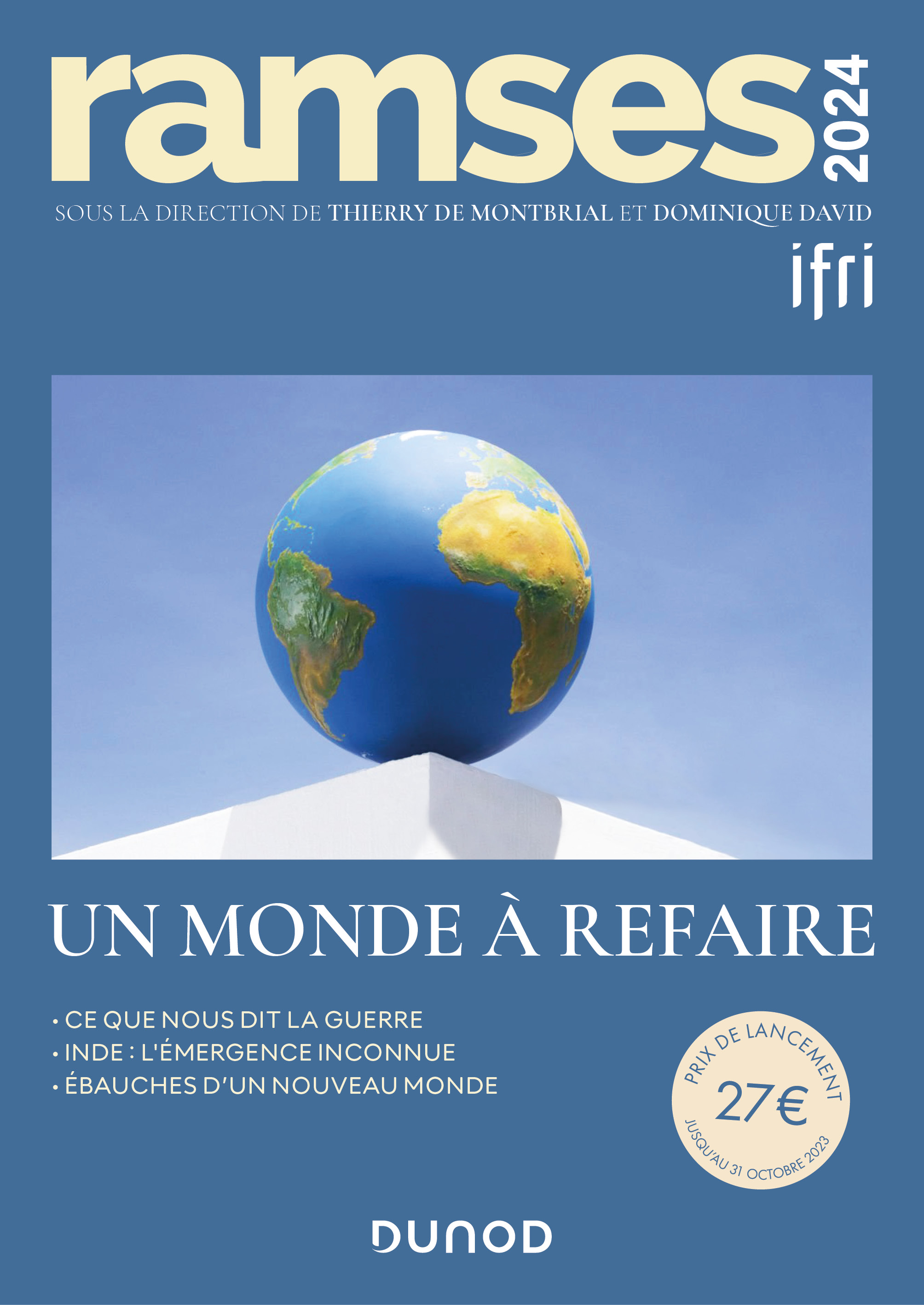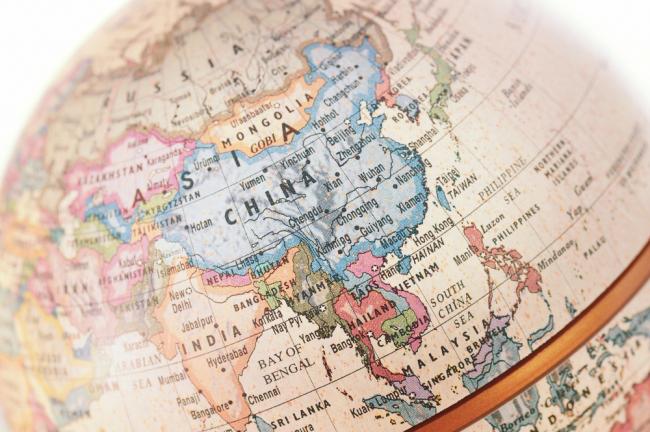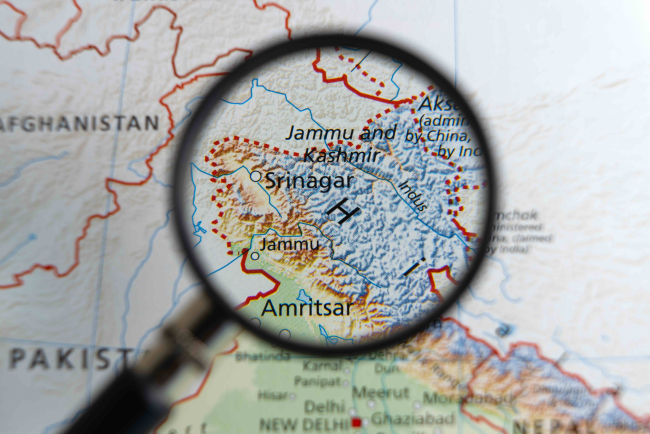A Shadow over the Himalayas: India's Tibet Problem

This article explains the central role of the Tibetan issue in complicating Sino-Indian relations.
It analyses three years of building tensions between China and India over, nominally, the Arunachal Pradesh that could very well have led to conflict. These tensions were ultimately diffused after a high-level, bilateral discussion held on the margins of the APEC meeting at Hua Hin, Thailand on October 24, 2009. The author explains that "the root cause of China's ambivalence towards India is not the persistence of disagreement over the demarcation of the Line of Actual Control (LAC), or the status of Arunachal Pradesh, but its own failure to assimilate the Tibetans into the mainstream of its civilization and politics." But New Delhi's misreading of the importance of the Tibetan issue for Beijing is also problematic. "New Delhi's failure to link the deterioration of relations...with China's growing problems in Tibet arises from the vast asymmetry in the importance China and India attach to Tibet. To India, the Tibetans in exile (around 120,000) remain refugees who sought political asylum, and have now only to be discouraged from taking hostile political actions against China from Indian soil. Beijing, however, regards them as a well-knit insurgent group based in India that skillfully mobilizes international sympathy and uses the internet to reach Tibetans within China to foment an insurgency."
Despite the calming of tensions following Hua Hin, "the underlying problems in Tibet remain. The Dalai Lama remains in India with his freedom and respect unimpaired. The Tibetan community in India continues to grow, prosper and communicate with Tibetans in the West, and within China via internet. The Tibetan ethnic and political identity therefore remains undented. Thus a resurgence of Sino-Indian tension whenever the Chinese face problems in Tibet remains a distinct possibility."

Available in:
Regions and themes
ISBN / ISSN
Share
Download the full analysis
This page contains only a summary of our work. If you would like to have access to all the information from our research on the subject, you can download the full version in PDF format.
A Shadow over the Himalayas: India's Tibet Problem
Related centers and programs
Discover our other research centers and programsFind out more
Discover all our analyses
RAMSES 2024. A World to Be Remade
For its 42nd edition, RAMSES 2024 identifies three major challenges for 2024.

France and the Philippines should anchor their maritime partnership
With shared interests in promoting international law and sustainable development, France and the Philippines should strengthen their maritime cooperation in the Indo-Pacific. Through bilateral agreements, expanded joint exercises and the exchange of best practices, both nations can enhance maritime domain awareness, counter security threats and develop blue economy initiatives. This deeper collaboration would reinforce stability and environmental stewardship across the region.

The China-led AIIB, a geopolitical tool?
The establishment of the Asian Infrastructure Investment Bank (AIIB) in 2016, on a Chinese initiative, constituted an attempt to bridge the gap in infrastructure financing in Asia. However, it was also perceived in the West as a potential vehicle for China’s geostrategic agendas, fueling the suspicion that the institution might compete rather than align with existing multilateral development banks (MDBs) and impose its own standards.
Jammu and Kashmir in the Aftermath of August 2019
The abrogation of Article 370, which granted special status to the state of Jammu and Kashmir (J&K), has been on the agenda of the Bharatiya Janata Party (BJP) for many decades.





